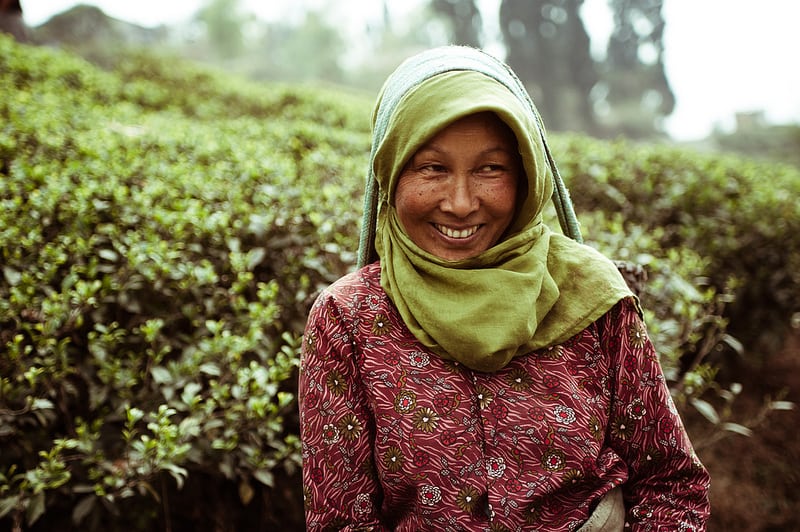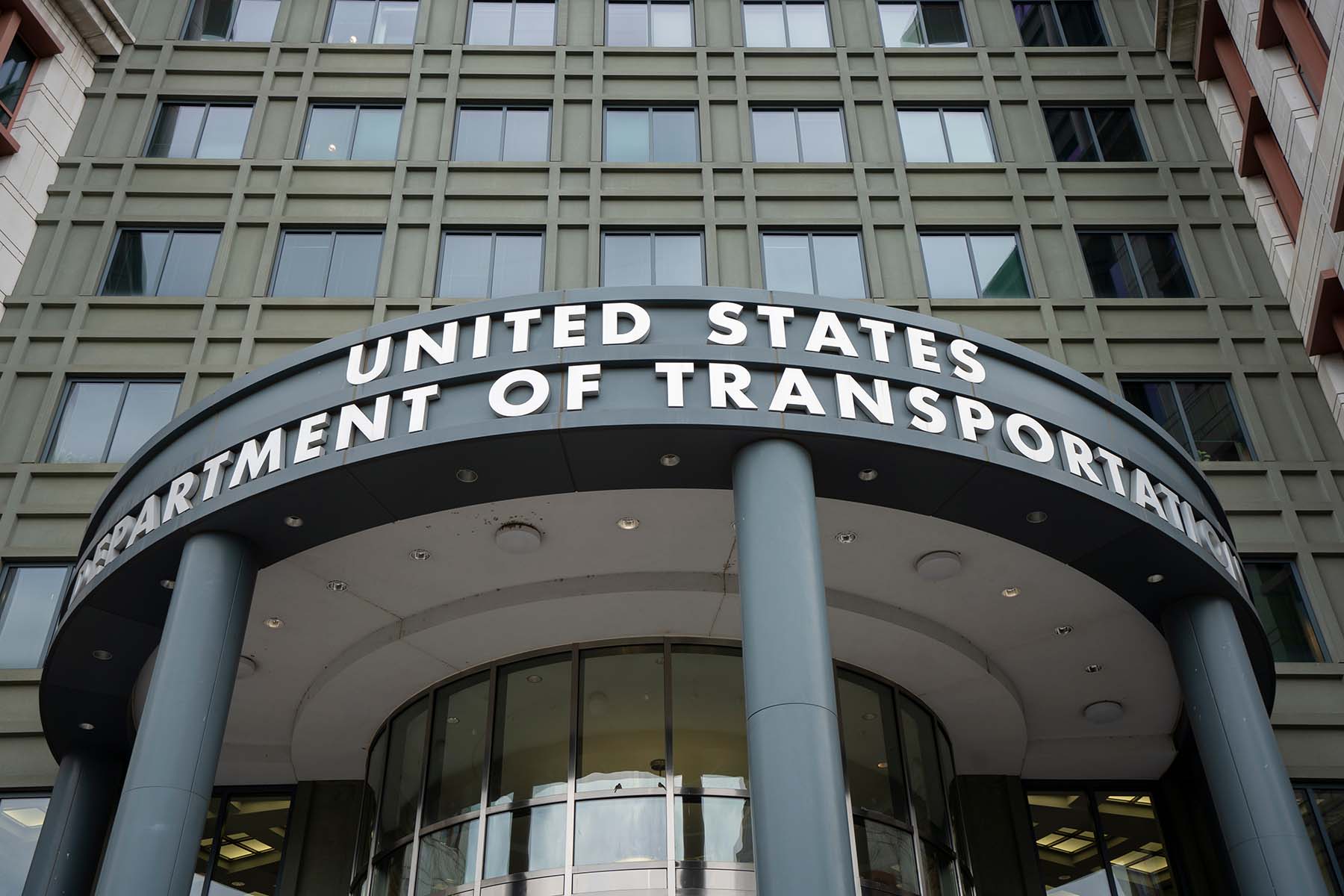Tea tourism on the rise in India as health conscious visitors seek new lands

"This is your own home now," announces our host, welcoming us to Thengal Manor. And we wish it was, this gracious residence of one of India's great tea dynasties, which has opened the family villa, with its idyllic gardens and an impeccable staff of 15, to overnight visitors.
Thengal Manor marked the start of a two-week journey through the world's finest tea growing areas — India's Assam and Darjeeling. We mingled with nimble-fingered women as they plucked a green sea of bushes with astounding speed, we drank pink gins by the fireplace in colonial-era parlors and we were very easily seduced by the pampered lifestyle of tea planters.
And of course, we drank many a cup of Assamese — "bold, sultry, malty" — and Darjeeling — "the champagne of teas, the color of Himalayan sunlight" — enough to send aficionados into ecstasy.
Let me confess that I am not particularly tea-addicted. Too much tannin does funny things to my tummy. But my wife, a Scot, more than makes up for it. So that, plus our love for northeast India, sparked our interest in a travel niche that is very much a growing trend: tea tourism.
It's not a particularly well-organized pocket of the industry, but more tea estates, also called gardens, are opening their properties to guests interested not only in their product and how it comes to be, but in the unique world of tea planters, the "burra sahibs," and their domain. Most estates are charmers dating back to the British Raj.
Those taking to the tea trails of northeast India, regions of the south and Sri Lanka, include locals and foreigners. Among them are an increasing number of Americans, apparently because of a percolating interest in the United States in the art and taste of quality teas, though my wife insists American tea culture still consists of "hot water and a tea bag."
Along with two friends from France, my wife and I had Thengal Manor to ourselves, its five acres (two hectares) of lawns, a chandeliered dining room with elegant silverware, bedrooms with soaring ceilings and four-poster beds and a gallery of portraits of the Barooah family going back to Bisturam Barooah, whose son built the manor in 1929 after becoming the richest Indian tea planter in Assam.
The family began to take in visitors in 2000, but it remains very much their personal place. In a serene enclosure behind the manor stand 19 temple-like tombs, one prepared for the current patriarch.
During our time at Thengal, ringed by rice fields, bamboo groves and neat village homes, we visited the nearby factory of the Gatoonga Tea Estate to observe the five stages of black tea-making and tour two contrasting tea trail options: Gatoonga's Mistry Sahib's bungalow and the Burra Sahib bungalow on the Sangsua Tea Estate.
The century-old Mistry is the ultimate getaway, almost smothered by the surrounding greenery, a classic bungalow with a wrap-around verandah shaded by an immense banyan tree. Burra Sahib has been modernized and features an 18-hole golf course meandering through the tea gardens.
Our second stay in Assam was on the Addabarie Tea Estate near the city of Tezpur, where a tourism enterprise has leased a luxurious onetime residence of the tea estate manager, the three-bedroom 1875 Heritage Bungalow, and five more modest houses.
"The tea planter's lifestyle is this," said manager Durrez Ahmed with a wave of his hand. "Lovely bungalows, sets of servants attending to your every need. So visitors who want to enjoy this kind of lifestyle come."
It also was and remains a hard-working, lonely lifestyle in a world unto itself. Addabarie and most other larger estates have their own clinics, schools, shops and day care centers. (Almost all tea pluckers are women; far less nimble-fingered males need not apply.)
Ruling over estates is the manager, described as a benevolent despot who like his British antecedents still retains a large staff and observes strict protocol. His bungalow, in the words of one Indian author, "is to the garden folk what Windsor Castle is to British citizens."
"And why did tea tourism get started?" we asked Ahmed.
Smaller, private estates began welcoming guests in the 1990s as a marketing strategy to help pull them out of a worldwide tea glut. Another slump followed in the early 2000s when India opened up its markets to cheaper imports, forcing some growers to seek alternative sources of revenue. There's been no looking back.
From the lowlands of Assam, we ascended 7,000 feet (2,100 meters) to the Olympus of tea: Darjeeling, where altitude, soil, slope and sunlight come together to concoct magic. Among the hill stations the British founded to flee India's blazing summers, Darjeeling's gems include the Windamere, haunt of tea people past and present and often cited as one of India's finest colonial-era hotels.
Originally a hostel for bachelor tea planters dating back to the 1880s, the hotel is owned by the Tenduf-las, a prominent Tibetan family with close ties to the Raj who maintain the aura of those bygone days.
There's afternoon tea with scones, served daily since 1939 in Daisy's Music Room where family albums are stacked atop a piano lighted by candelabras. Hot water bottles are tucked into beds each evening, and real English porridge dispensed by white-gloved waiters at breakfast.
Around Darjeeling are nearly 90 tea estates, including Makaibari, producer of India's first organic tea and a pioneer in tea tourism, offering 21 homestays with estate workers and an upmarket residence. Its factory has changed very little since it was erected in 1859, and barely relies on modern technology to produce high-end tea for export to the United States and Europe.
"We need the human touch — and nose — not a robotic arm or an aromatic sensor,'" says production manager Sanjoy Mukherjee, inviting us to sample six of his teas, including Silver Tips Imperial which fetched a record $455 a pound ($1,000 per kilogram) at an auction in China.
Back at the Windamere, we dined by candlelight with music of the 1920s and '30s softly in the background. Served is honey-glazed lamb and chocolate soufflé, which our French friends pronounced "delicieux." Before dinner, Sherab Tenduf-la, the hotel's owner, offered us pink gins, the quintessential colonial drink, by the fireplace as cold mists veiled the looming Himalayan peaks.
The gentleman, exuding charm of another era, told us that the last of Darjeeling's British tea planters, Teddy Young, died earlier this year. But along the subcontinent's tea routes, much of the style and substance they created remains firmly implanted.
___
If You Go...
TEA TRAIL ACCOMMODATIONS:
—Thengal Manor, Jorhat, India, doubles $120, http://www.heritagetourism.india.com
—The Heritage Bungalow, Balipara, India, double occupancy, $460 including meals. Other bungalows are $156, including meals, http://www.wildmahseer.com
—Windamere, Darjeeling, India, Colonial Suite, double occupancy, $210 including meals, http://www.windamerehotel.com
—Maikabari, Kurseong, India, homestays $11 per person including meals. Tea is free, http://www.makaibari.com
GETTING THERE: The airport in Kolkata, India, has the best air links to both Assam and Darjeeling regions. Taxis can be hired at most larger towns.
WHEN TO GO: Weather-wise, October through February is best in both Assam and Darjeeling but tea production takes a winter break toward the end of November.
![]()




